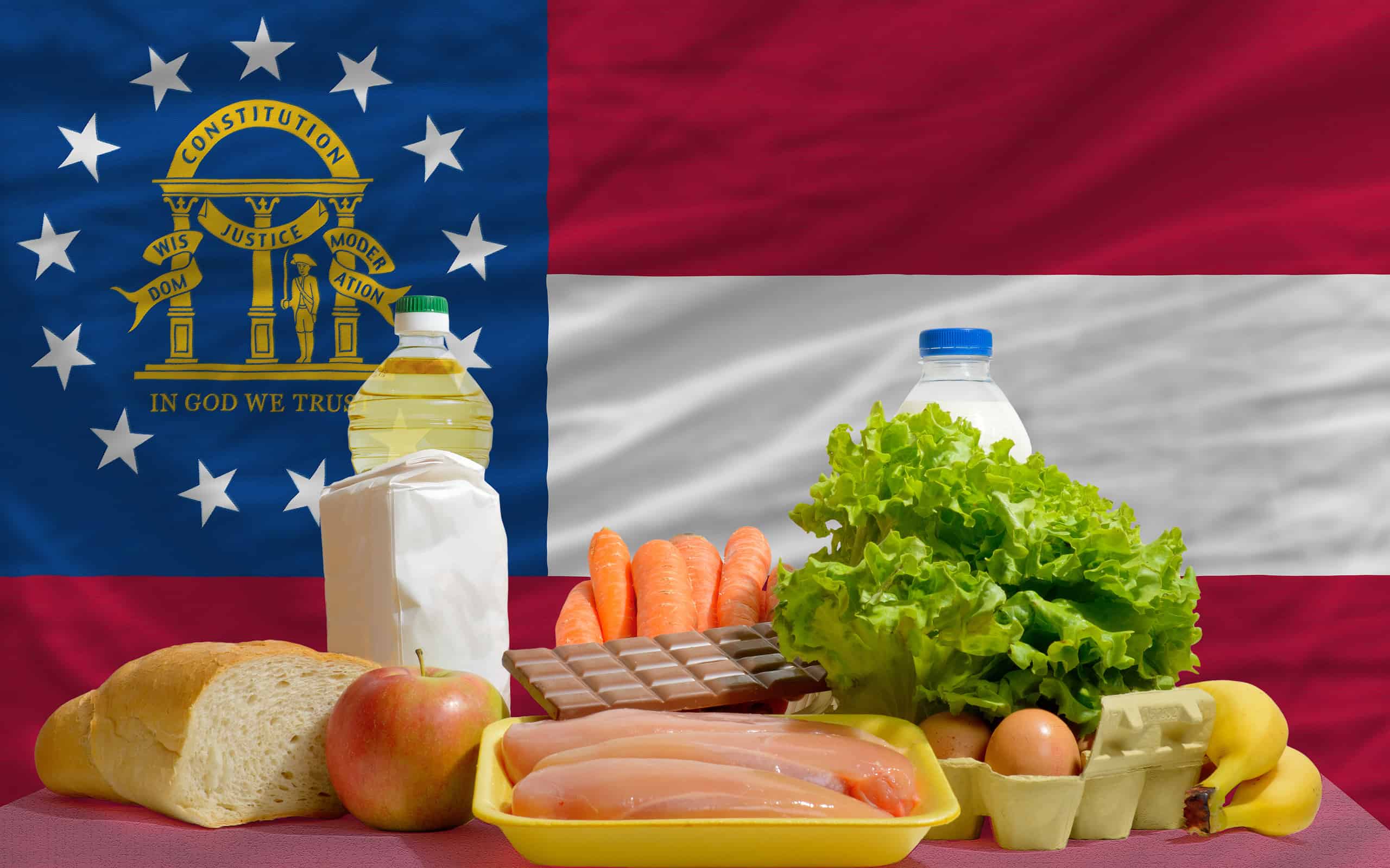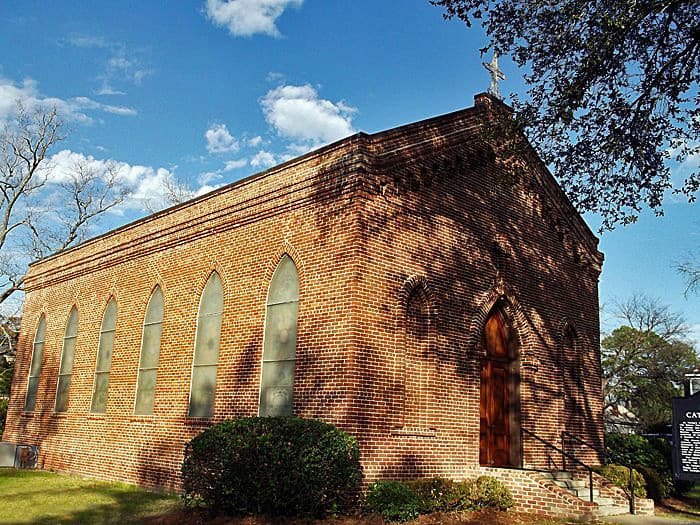Poverty in Georgia is a complex and pressing issue that affects a significant portion of the state’s population. Despite its economic growth and development in recent years, Georgia continues to grapple with high poverty rates and economic disparities.
Poverty in Georgia
To understand poverty in Georgia, it’s essential to examine some key factors and statistics.
In 2021, Georgia’s poverty rate was around 14.6%, which was slightly higher than the national average. While this rate had improved over the years, it still means that over one million Georgians are living below the federal poverty line. It is also important to note that poverty rates can vary significantly by region, with rural areas often experiencing higher rates than urban centers.
Rural poverty is a particularly acute issue in Georgia. Many rural communities struggle with limited access to quality education, healthcare, and job opportunities. The decline of traditional industries, such as agriculture and manufacturing, has left some rural areas economically disadvantaged.
Urban centers like Atlanta, while hubs of economic activity, also grapple with pockets of deep poverty. Income inequality is a significant concern, with some residents enjoying the benefits of the city’s thriving economy, while others face economic hardships and limited access to essential services.
Several interconnected factors contribute to poverty in Georgia, including limited access to quality education, a lack of affordable housing, low-wage employment, and disparities in healthcare access. The state’s reliance on industries like agriculture, which can be vulnerable to market fluctuations, also plays a role.
Georgia has recently seen efforts to combat poverty through initiatives aimed at improving education, workforce development and access to healthcare. Nonprofit organizations and community groups also play a vital role in providing assistance to those in need, offering services such as food banks, job training, and affordable housing initiatives.
Cordele, Georgia: Navigating the Challenges of Poverty

The town of Cordele is the poorest town in Georgia.
Cordele, a small town in the heart of South Georgia, is known for its warm Southern hospitality, charming landscapes, and a unique blend of rural and urban life. However, Cordele strongly grapples with poverty, making it the poorest town in Georgia. This article delves into the factors contributing to Cordele’s economic struggles, the impact on its residents and the community’s resilience in the face of adversity.
Cordele’s Demographic and Economic Overview
Before diving into the complexities of poverty in Cordele, let’s examine some key demographic and economic statistics that show town’s current situation.
According to the 2020 census, Cordele’s population was approximately 10,159 residents. This modest population size reflects the town’s small-town charm.
Cordele’s median household income is notably lower than the national average, with many households earning less than $30,000 per year. The poverty rate in Cordele hovers around 38%, which is nearly double the national average. This statistic paints a stark picture of the economic challenges faced by a significant portion of the town’s residents.
Factors Contributing to Poverty in Cordele
Several interconnected factors contribute to the prevalence of poverty in Cordele.
Cordele’s economy has historically been reliant on agriculture, particularly cotton farming. While agriculture still remains an essential part of the town’s identity, economic diversification has been limited, making the local economy vulnerable to fluctuations in commodity prices.
Education also plays a vital role in breaking the cycle of poverty. But many residents face barriers to accessing quality education. Limited access to well-funded schools and resources hinder educational attainment and job prospects.
Cordele struggles with high unemployment rates, exacerbated by limited job opportunities within the town. The absence of large employers and industries in the town also contributes to this issue.
Access to healthcare services is essential for overall well-being, but Cordele also faces disparities in healthcare access. Residents have to travel long distances for specialized medical care. Limited public transportation options also pose challenges for residents seeking employment, education, or healthcare outside of Cordele.
The Impact on Cordele’s Residents
The consequences of poverty in Cordele extend beyond economic statistics. It affects the daily lives and well-being of its residents in various ways.
A significant portion of Cordele’s population faces food insecurity, making it difficult for families to access nutritious meals consistently. Children growing up in poverty often face limited educational opportunities, which can hinder their long-term prospects and perpetuate the cycle of poverty.
Poverty can lead to reduced access to healthcare services and as a consequence poorer health outcomes for residents. Affordable housing can be scarce and many residents may struggle with inadequate or substandard housing conditions. Finally, the financial stress of living in poverty can strain families and impact mental health as well as the overall quality of life.
Community Resilience and Support
Despite the economic challenges, Cordele is a community that shows resilience. There are several local organizations and initiatives that aim to uplift residents of the town and address poverty-related issues.
Nonprofit organizations, churches, and community groups run outreach programs that provide food assistance, job training, and educational support to residents in need. Efforts to improve educational opportunities include after-school programs, mentoring, and scholarships that help children and young adults achieve their academic goals.
Local leaders are also working to diversify the economy by attracting new industries and businesses to create job opportunities. Initiatives are underway to improve access to healthcare services, including mobile clinics and telehealth options.

complete american state flag of georgia covers whole frame, waved, crunched and very natural looking. In front plan are fundamental food ingredients for consumers, symbolizing consumerism an human needs
©Vepar5/iStock via Getty Images
Other Poor Towns in Georgia
While Cordele is one of the poorest towns in Georgia, there are several other communities in the state facing similar economic challenges.
Swainsboro
Located in southeastern Georgia, Swainsboro has a poverty rate of around 40%. Factors that contribute to poverty in Swainsboro include limited employment opportunities –– particularly in well-paying industries –– and educational disparities. Efforts to address poverty in this town include workforce development programs as well as initiatives to improve educational resources.
Fort Valley
Fort Valley, situated in the central part of the state, has a poverty rate of approximately 37%. The town faces economic challenges due to a lack of diversified industries and limited access to quality healthcare and education. Local leaders are working to attract new businesses and improve healthcare infrastructure.
Eastman
Eastman, another town in central Georgia, has a poverty rate of around 38%. Like other cities, the lack of job opportunities and limited access to educational resources contribute to poverty here. In this town, community organizations run programs to provide food assistance and support educational initiatives for residents.
Americus
In southwest Georgia, Americus has a poverty rate of approximately 35%. Economic factors such as job scarcity and low wages are significant contributors to poverty in this town. Efforts are underway to promote economic development and expand educational opportunities.
Waycross
Waycross, located in the southeastern part of the state, has a poverty rate of around 34%. The town faces economic challenges due to a decline in manufacturing jobs and limited access to healthcare services. Community organizations are involved in job training and healthcare outreach programs.
Dublin
Dublin, in central Georgia, has a poverty rate of approximately 33%. A lack of diversified industries and educational disparities contribute to poverty in this town. Local leaders are working to attract new businesses and improve educational resources.
Thomaston
Thomaston, in west-central Georgia, has a poverty rate of around 31%. Limited job opportunities and access to quality healthcare are key contributors to poverty. Thus, initiatives are underway to diversify the local economy as well as enhance healthcare access.
Bainbridge
Located in southwest Georgia, Bainbridge has a poverty rate of approximately 32%. Economic challenges include job scarcity and limited access to educational resources. Community organizations are involved in workforce development and educational support programs.
Milledgeville
Milledgeville, in central Georgia, has a poverty rate of around 35%. Economic factors such as lack of job opportunities and educational disparities contribute to poverty.
Elberton
Finally, Elberton, situated in northeastern Georgia, has a poverty rate of approximately 33%. This town’s economic challenges include limited job opportunities and limited access to healthcare and education. Local leaders are working to promote economic development and have more educational initiatives.
These towns, like Cordele, face a range of economic challenges, including limited job opportunities, disparities in education and healthcare acces and limited economic diversification. Thus, community organizations, local leaders and residents in all these towns are actively engaged in addressing poverty and creating more equitable and prosperous communities for all.
Town in Georgia With The Highest Crime Rate
While we talk about poverty, it is also essential to explore the town in Georgia with the highest crime rate. This is because time is directly tied into poverty, and often poverty can lead people to commit more crimes.
Albany, Georgia: A Closer Look at Crime

The town of Albany has the highest crime rates in Georgia.
Albany, located in southwestern Georgia, has faced challenges related to crime rates over the years. Several factors have contributed to the town’s high crime rates:
Economic Disparities
High poverty rates and limited economic opportunities can lead to higher crime rates. Albany has also struggled with poverty, and this economic disparity can result in criminal activity as some residents may resort to crime due to limited financial resources.
Educational Disparities
Educational disparities can also play a role in crime rates. A lack of access to quality education and limited opportunities for skill development can leave some residents with fewer options for legitimate employment.
Drug Trade
Like many communities, Albany has dealt with issues related to drug trafficking and substance abuse. These issues can contribute to various crimes, including property crimes and violent offenses.
Gang Activity
The presence of gangs can be a significant contributor to crime rates in some areas. Gang-related activity can also lead to violent crimes and drug-related offenses.
Social Services
Finally, limited access to social services, mental health resources, and addiction treatment can also exacerbate crime rates. Communities often struggle to provide comprehensive support for residents facing these challenges. The only solution is to have more community support.
Efforts to Address Crime in Albany
Local leaders, law enforcement agencies, and community organizations have been actively working to address the issue of crime in Albany.
Law enforcement agencies have implemented community policing strategies to build trust between officers and residents. These efforts aim to improve communication and cooperation in addressing crime. Community organizations and schools have also initiated youth programs to provide positive alternatives for young people and help them stay away from criminal activities.
Workforce development programs and job training initiatives aim to provide residents with the skills and opportunities needed to secure stable employment. Furthernore, efforts to improve access to mental health services can also address underlying issues that may contribute to criminal behavior.
Community-based crime prevention programs, such as neighborhood watch groups, encourage residents to be vigilant and work together to reduce crime. Finally, expanding access to substance abuse treatment and rehabilitation programs can also help individuals struggling with addiction.
In conclusion, Albany, like many communities, faces the complex challenge of addressing high crime rates. Collaboration between law enforcement, community groups and residents is essential to addressing the root causes of crime and poverty in Georgia.
Thank you for reading! Have some feedback for us? Contact the AZ Animals editorial team.








